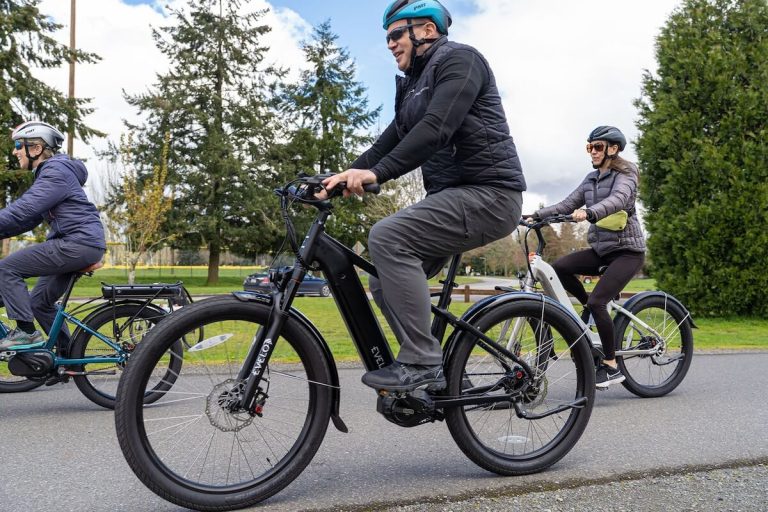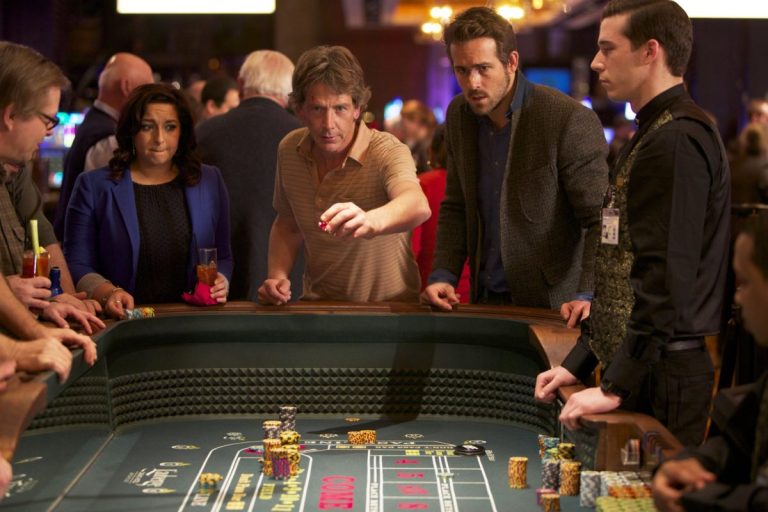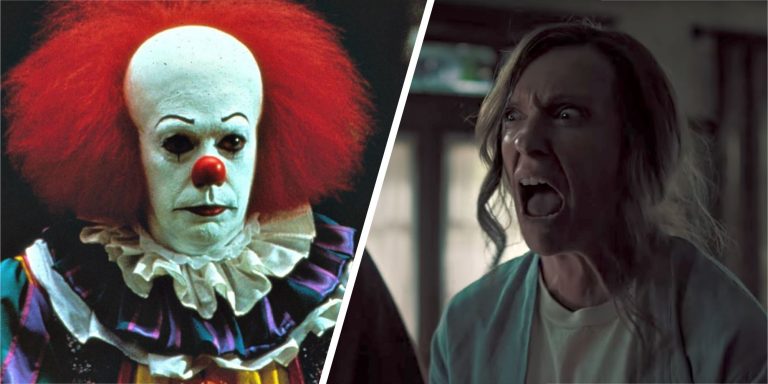The allure of captivating film and television scenes often involves the use of picture cars—vehicles that play pivotal roles in creating cinematic magic. However, amidst the glamor and excitement, ensuring the cast and crew’s safety is a priority. Picture car rentals come with inherent risks, necessitating stringent safety protocols to mitigate potential accidents and injuries. Adhering to these protocols not only protects the cast and crew but also enhances the efficiency of the production process, reduces the risk of costly accidents, and ensures the smooth execution of creative ideas.
What seems like a typical scene in a film or television show can provide plenty of safety risks for those involved with the production. Serious injuries can happen on set, and it is essential that safety protocols are outlined and adhered to by those involved directly and indirectly with a film or television production. Failure to adhere to these protocols can result in severe accidents, production delays, and even legal consequences.
Overview of Safety Protocols
Safety isn’t merely a checkbox on the production to-do list; it’s the bedrock upon which every successful shoot is built. Utilizing vehicles on set introduces a myriad of hazards, from mechanical failures to on-set mishaps. Production crews and picture car rental companies bear the weighty responsibility of prioritizing safety above all else to protect those involved in the creative process.
Standard Safety Protocols and Regulations
1. Vehicle Inspections
Before a picture car graces the set, it undergoes a comprehensive inspection regimen. This meticulous process, which leaves no stone unturned, evaluates mechanical functionality, structural integrity, and safety features. Each vehicle must meet stringent standards to ensure its suitability for on-set use. This thoroughness instills confidence in the safety of the picture cars.
2. Driver Training
Operating a picture car demands more than just a lead foot; it requires a thorough understanding of safe driving practices and emergency protocols. Drivers undergo rigorous training, which includes theoretical lessons on road safety, practical sessions on handling different types of vehicles, and simulations of emergency situations. This comprehensive training equips them with the skills to navigate diverse terrain and respond effectively to unforeseen circumstances.
3. Emergency Procedures
Despite meticulous planning, emergencies can still arise on set. However, the importance of established protocols cannot be overstated. These protocols outline the steps to be taken in the event of an accident or crisis involving picture cars. From swiftly evacuating the area to administering first aid and summoning emergency services, every precaution is taken to safeguard lives. This emphasis on emergency procedures provides a sense of security in the face of potential crises.
The Legality of Picture Car Rentals
The commitment to safety in motion picture vehicle rentals safeguards cast and crew while also ensuring an effective film and TV production. Adherence to regulations set forth by industry organizations like the Screen Actors Guild (SAG) and the Occupational Safety and Health Administration (OSHA) further reinforces this commitment.
These organizations, with their extensive experience and expertise, set stringent safety standards that are recognized and respected in the industry. By upholding these standards, production crews and picture car rental companies fulfill not only their legal obligations but also their moral imperative to protect those who bring cinematic visions to life.
Failure to adhere to these regulations can result in severe legal consequences, including fines, penalties, and even legal liabilities in the event of accidents or injuries. Production crews and picture car rental companies must recognize and respect these legal obligations, not only to safeguard their own interests but, more importantly, to protect the well-being of everyone on set.
Beyond the legal ramifications, there’s a profound ethical duty to prioritize safety. Every individual involved in the production process, from actors to crew members, trusts that their well-being is paramount. By neglecting safety protocols, production crews and picture car rental companies jeopardize this trust and risk not only the physical safety but also the emotional and financial security of those involved.






